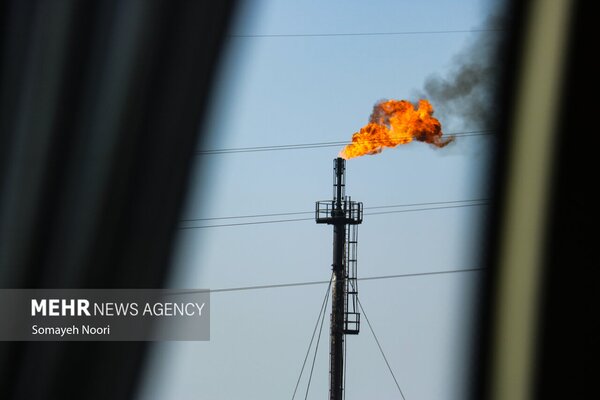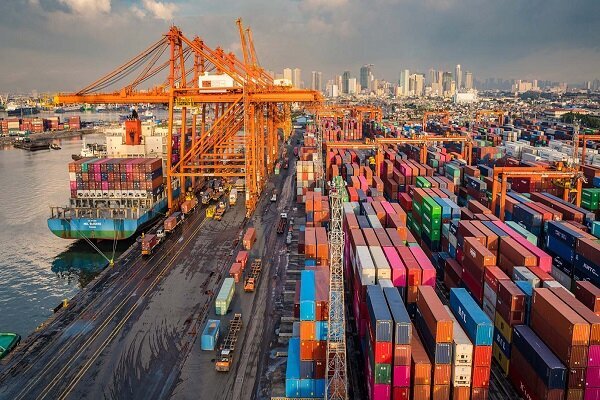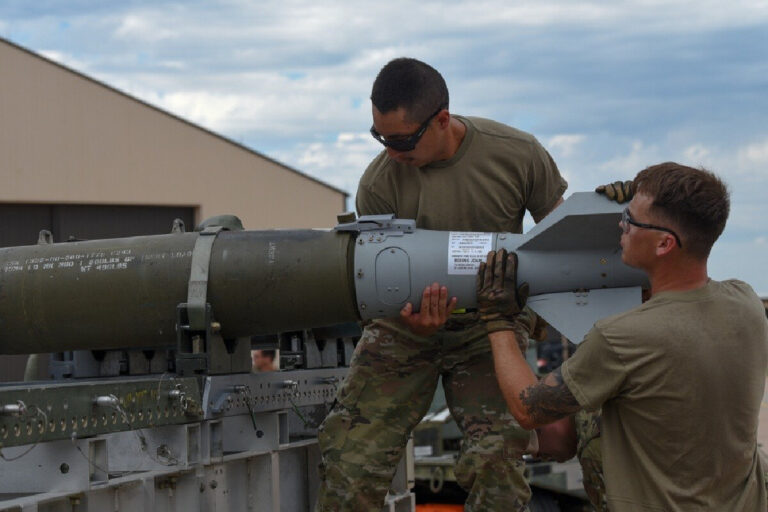Oil Prices Surge 2% Amid Trump’s New Sanction Threats on Iran
In a significant development impacting the global oil markets, Trump’s renewed hardline stance towards Tehran has emerged just as U.S.-Iran nuclear negotiations have stalled. This unexpected announcement has jolted oil traders, leading to a nearly 2% surge in crude prices. The situation further complicates an already volatile landscape for energy markets, which are grappling with OPEC+ supply decisions and economic signals from the U.S. that indicate weakening growth.
Trump’s stern warning that “all oil or petrochemical purchases from Iran must stop” comes with a promise of immediate sanctions against any violators. This aggressive rhetoric follows delays in U.S.-Iran negotiations, initially scheduled for May 2, which were postponed at the request of Oman. Iranian officials, including the spokesperson for the Foreign Ministry, Esmail Baghaei, have confirmed that a new date for the talks will be announced soon.
As a result of these developments:
- Brent crude oil prices increased by $1.07, reaching $62.13 per barrel (+1.8%).
- West Texas Intermediate (WTI) saw a rise of $1.03, hitting $59.24 per barrel (+1.8%).
The discussions among OPEC+ members about potentially increasing oil production in June add another layer of complexity to the situation. While Trump’s threats have resulted in a short-term spike in oil prices, recent data indicated that the U.S. economy contracted in the first quarter. This is notable as it marks the first negative growth in over a year, a trend partially attributed to uncertainties stemming from the tariffs imposed during Trump’s administration and a surge in imports.
According to a recent Reuters poll, these tariffs could contribute to pushing the global economy towards a recession this year. As OPEC+ members find themselves divided and the U.S. Iran policy remains in flux, the oil markets are expected to experience ongoing volatility.
The combination of geopolitical tensions and economic uncertainties creates a precarious situation for oil traders and consumers alike. Companies and individuals should be prepared for potential fluctuations in oil prices due to these ongoing developments.
Here are some key takeaways from the current situation:
- Trump’s Hardline Stance: The renewed threats against Iran have created immediate reactions in oil markets.
- Oil Price Surge: Crude prices have risen nearly 2% following Trump’s statements.
- U.S.-Iran Negotiations Delayed: The postponement of talks adds to the uncertainty surrounding oil supply.
- Economic Signals: The U.S. economy showing signs of contraction impacts overall market sentiment.
- OPEC+ Discussions: Future oil output decisions remain a critical factor for market stability.
As the situation evolves, oil traders and investors will need to stay informed about developments in both the geopolitical and economic landscapes. The decisions made by OPEC+, combined with the U.S. stance on Iran, will play pivotal roles in shaping global oil prices in the coming months. With the backdrop of potential economic downturns and fluctuating demands, the outlook for oil markets remains uncertain.
Ultimately, understanding the interplay between international relations and economic indicators is essential for navigating the complexities of the oil market. Stakeholders should closely monitor these developments to make informed decisions that could mitigate risks associated with price volatility.
In conclusion, while the immediate reaction to Trump’s renewed threats has led to a rise in oil prices, the broader implications for the global economy and energy sector will unfold in the coming weeks and months. Investors and businesses alike must prepare for continued fluctuations and potential changes in market dynamics.
MNA/Iran Press






